The Night Witches: WWII’s Fearless All-Female Squadron That Haunted The Nazis
During World War II, a group of Soviet women known as the 588th Night Bomber Regiment, or the Night Witches, made history with their daring missions.
Flying old, wooden biplanes, they carried out nighttime bombing raids against the Nazis.
Despite having no radar, no machine guns, and only basic tools like maps and stopwatches, they completed over 30,000 raids and dropped more than 23,000 tons of bombs on enemy targets.
The brainchild of Marina Raskova, the “Soviet Amelia Earhart”
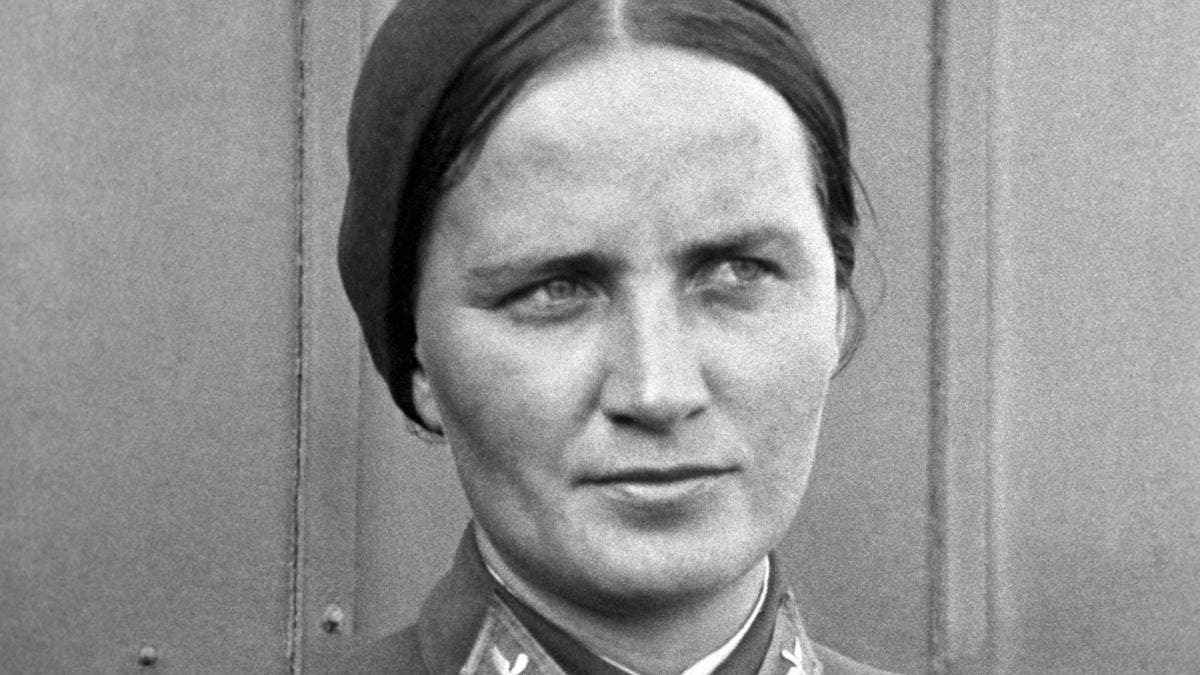
The Night Witches was conceived by Marina Raskova, a pioneering aviator often compared to Amelia Earhart. Raskova, who was the first female navigator in the Soviet Air Force and held numerous long-distance flight records, saw an opportunity to turn the tide of war.
After receiving countless letters from women eager to contribute more directly to the war effort, Raskova petitioned Soviet dictator Joseph Stalin to form an all-female combat squadron.
On October 8, 1941, Stalin approved the creation of three all-female air force units. This bold move made the Soviet Union the first country to allow women to officially engage in combat roles.

Unlike their previous roles, which were limited to support tasks, these women would fly bombing missions and return fire against the enemy.
Raskova quickly began assembling her teams, selecting about 400 women from over 2,000 applicants for each unit. Most recruits were young students aged 17 to 26.
They relocated to Engels, a town near Stalingrad, where they underwent intense training at the Engels School of Aviation.

The training was exceptionally rigorous, condensing years of military education into a few months, covering all roles from piloting to maintenance.
Despite their rigorous preparation, the women encountered significant skepticism and resistance from some male military personnel. As Prowse noted, “The men didn’t like the ‘little girls’ going to the front line. It was a man’s thing.”
Crop dusters and hand-me-downs

The women pilots faced enormous challenges due to the inadequate resources provided by the military. They were given hand-me-down uniforms, including oversized boots that they had to stuff with bedding to make them fit.
“They had to tear up their bedding and stuff them in their boots to get them to fit,” said Prowse.
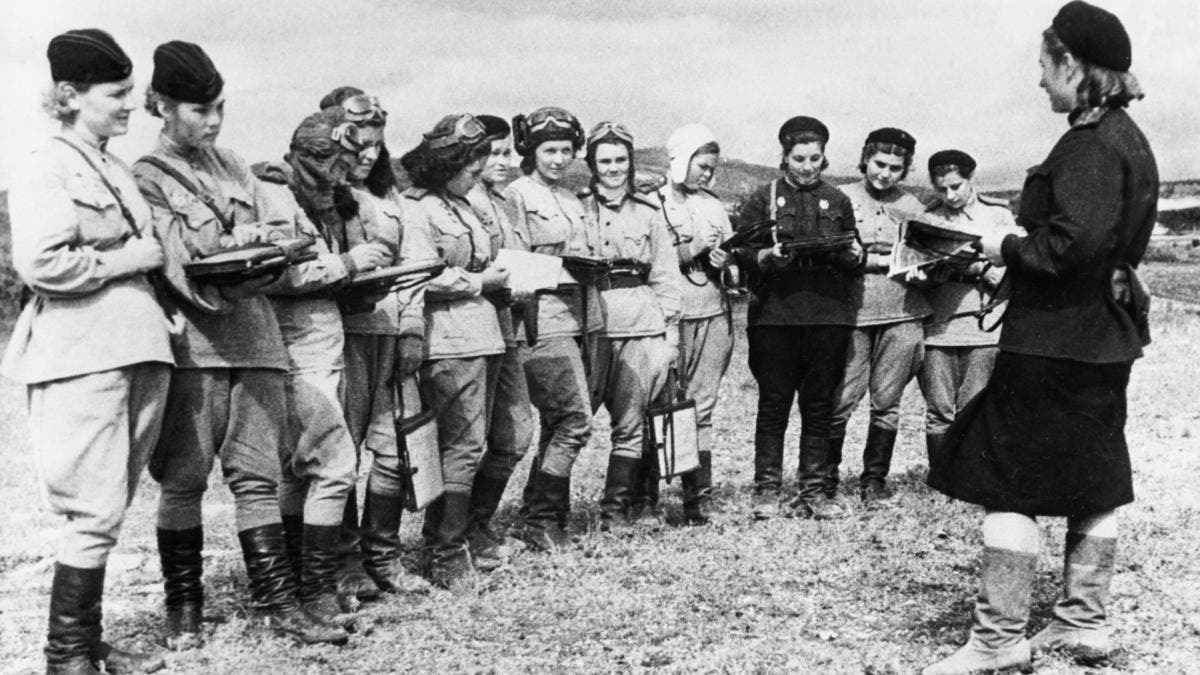
The equipment provided was equally inadequate. The pilots flew outdated Polikarpov Po-2 biplanes, which were originally 1920s crop dusters repurposed for training.
These open-cockpit planes, made of plywood and canvas, were hardly suited for combat. “It was like a coffin with wings,” Prowse noted.
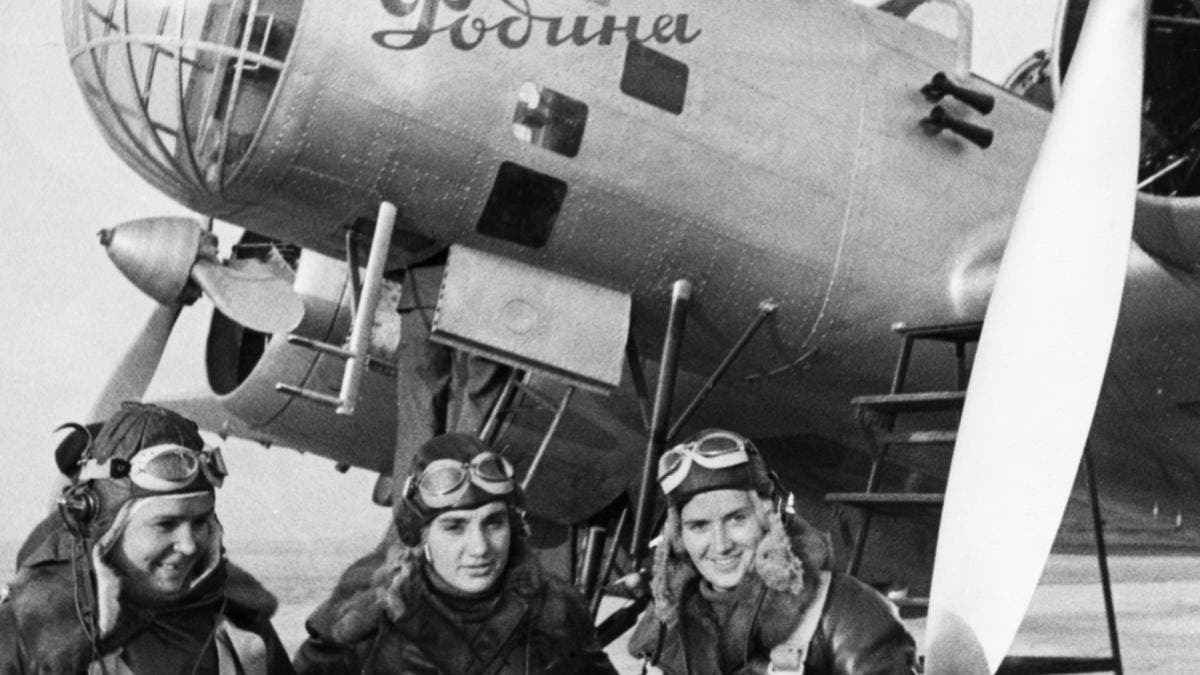
The aircraft offered no protection from the severe weather conditions, resulting in freezing temperatures and frostbite during night missions. In the harsh Soviet winters, touching the planes could tear off bare skin due to the extreme cold.
The limited weight capacity of the planes and the military’s tight budget meant that the pilots lacked many essential items. Instead of parachutes, radar, guns, or radios, they relied on rudimentary tools like rulers, stopwatches, flashlights, pencils, maps, and compasses.
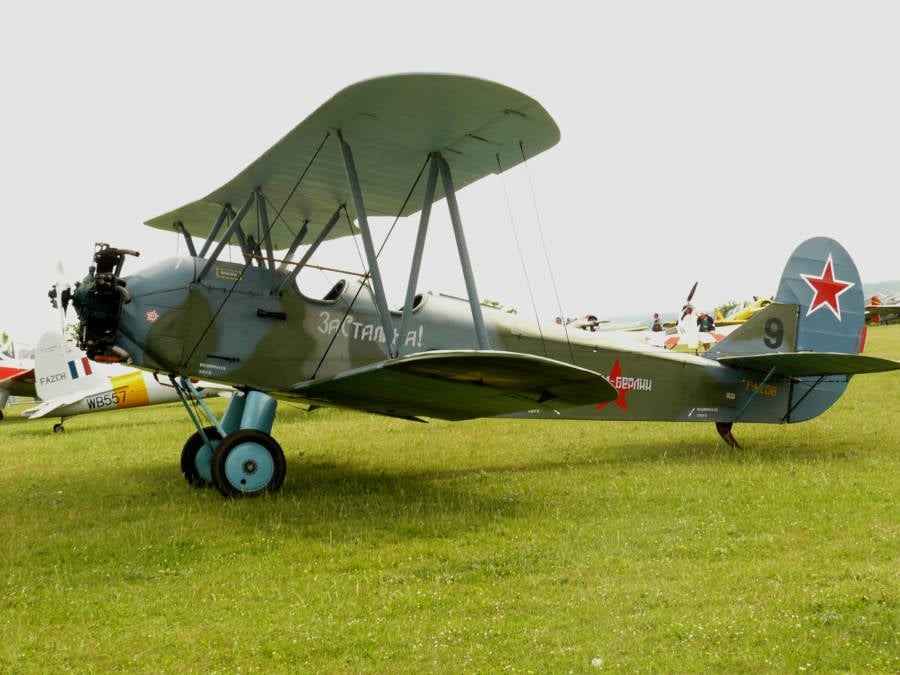
Despite these limitations, the outdated aircraft had some advantages. Their slower speeds made them more maneuverable than enemy planes, allowing them to evade attacks.
However, their wooden construction made them highly vulnerable to enemy fire; if hit by tracer bullets, which were pyrotechnic, the planes would quickly ignite and burst into flames.
Long missions with stealth tactics

The Polikarpov Po-2 biplanes used by the Night Witches could carry only two bombs at a time, one under each wing. To make a significant impact on the German front lines, the regiment deployed up to 40 two-person crews each night.
These crews executed between eight and 18 missions nightly, returning to re-arm between runs. The bomb load made it necessary to fly at lower altitudes, increasing their vulnerability—hence their nighttime operations.
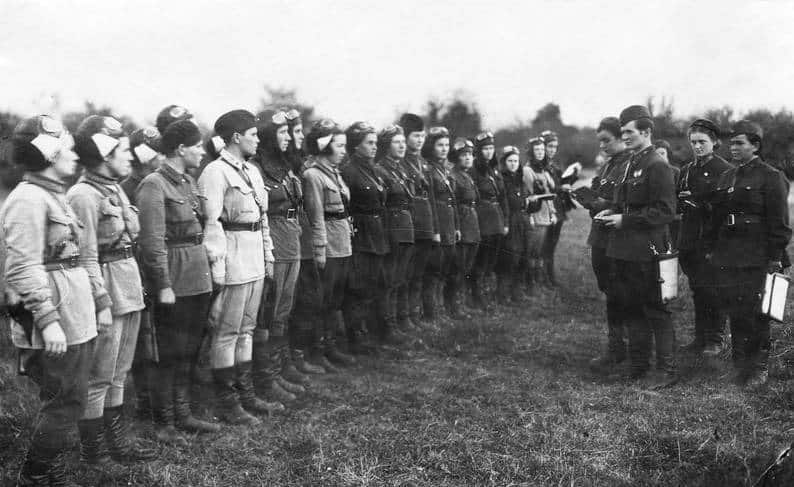
In their tactical approach, the planes flew in coordinated packs. The initial aircraft acted as bait, drawing German spotlights that provided crucial illumination for the rest of the squadron. These planes, often unarmed for defense, would release flares to mark targets.
The final aircraft in the formation would switch off its engines and glide silently to the bombing area, creating the eerie “witch’s broom” sound for which they were named.

The Night Witches adhered to 12 key commandments, one of which was to “be proud you are a woman.”
Despite the harsh realities of war, the pilots maintained their spirits with activities like needlework, patchwork, decorating their planes, and dancing. They even used the pencils from their navigation kits as eyeliner, blending their professional duties with personal touches.
Disbanded and mostly forgotten

The final flight of the Night Witches occurred on May 4, 1945, just 60 kilometers from Berlin. Only three days later, Germany surrendered.
The Germans were puzzled by the Night Witches’ remarkable success, with two primary theories circulating. Some believed the women were criminals sent to the front lines as punishment, while others speculated they had received special injections that allowed them to see in the dark.
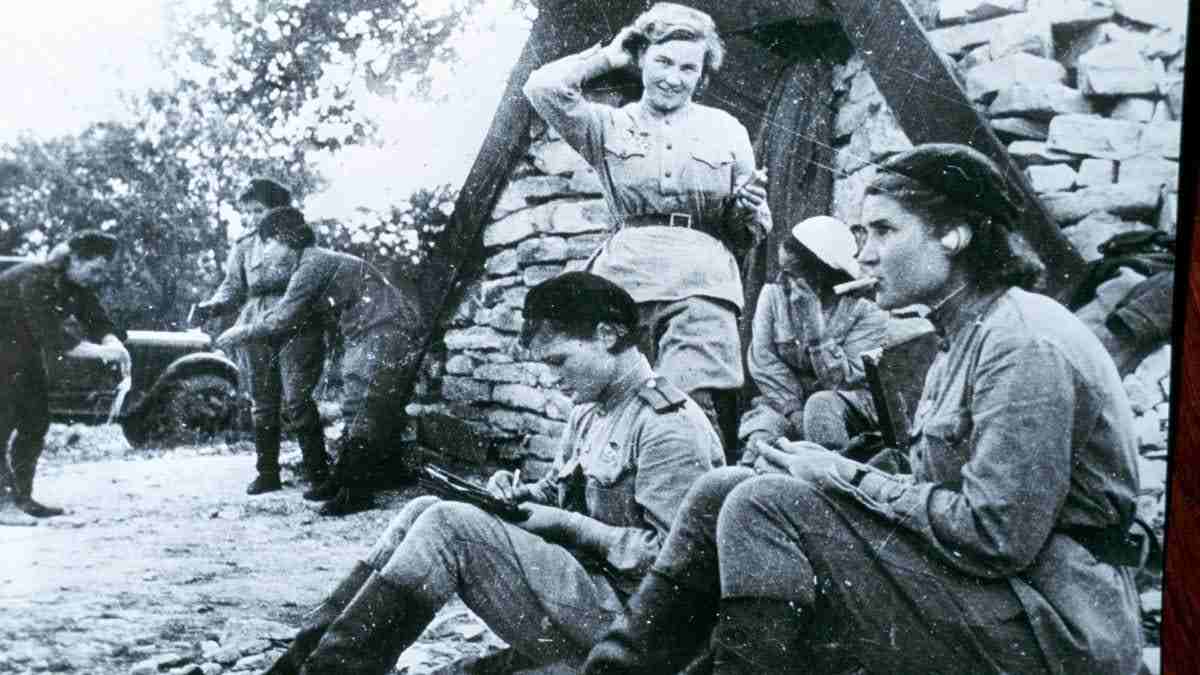
Over their service, the Night Witches flew more than 30,000 missions, averaging around 800 per pilot and navigator. Their bravery cost them 30 pilots and 24 of the women were honored with the title Hero of the Soviet Union.
Marina Raskova, the visionary behind the regiment, died on January 4, 1943, during her own combat mission. She was given a state funeral, and her ashes were laid to rest in the Kremlin.
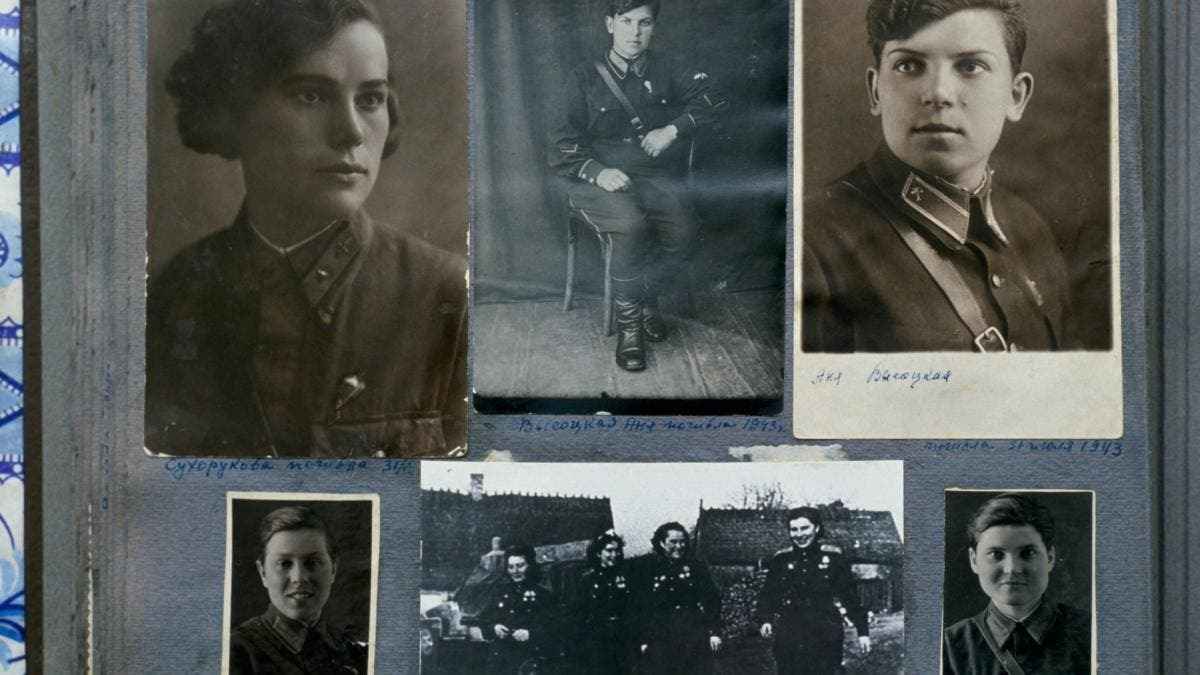
Despite their extraordinary achievements and being the most decorated unit in the Soviet Air Force, the Night Witches were disbanded six months after the war ended.
They were even excluded from the victory-day parade in Moscow, as their planes were deemed too slow for the occasion. Their remarkable achievements, however, continue to be celebrated as a testament to their bravery and skill.

